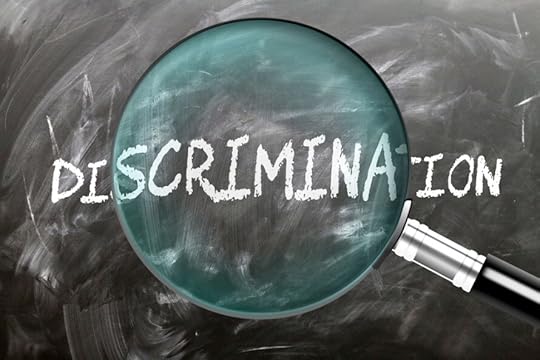The 3 Most Common Types of Workplace Discrimination

Workplace discrimination still affects many people despite laws meant to stop it. It doesn’t always show itself in obvious ways. Sometimes it’s hidden in hiring decisions, performance reviews, or office culture. You might not notice it at first, but the impact can be deep and long-lasting.
Understanding what counts as discrimination helps you spot it early. You need to know how unfair treatment looks in different settings which makes proving discrimination at work easier. You can’t deal with what you don’t recognize. In this article, we will go over several of the many ways that discrimination manifests itself at the workplace.
1 – Race and ethnicityRacial and ethnic discrimination happens when you’re treated unfairly because of your background, skin color, or cultural heritage. This can happen during hiring, promotions, pay decisions, or in daily work interactions. Sometimes it’s direct, like being passed over for a job even when you’re qualified. Other times, it’s more subtle such as being excluded from meetings, given less important tasks, or hearing comments that single you out.
You might also face assumptions based on stereotypes, rather than your actual work. For example, someone might act surprised by your success or speak to you differently because of how you look or where you’re from. Even casual jokes or nicknames can create a hostile space, especially when they go unchecked.
The law protects you from this kind of treatment. Title VII of the Civil Rights Act says employers can’t discriminate based on race or ethnicity.
2 – GenderGender and sex discrimination happens when you’re treated differently because you’re a man, a woman, or identify outside that binary. It can also come from assumptions about what someone should do based on their gender.
You might notice this in job interviews where certain questions are asked only of women. Or in roles where men get more visible tasks while women handle behind-the-scenes work. Sometimes the bias is wrapped in compliments, like being told you’re “too nice” to lead or “too aggressive” to follow. None of this is harmless. It shapes how others see you and how you move through your job.
Harassment also falls under this type of discrimination. Unwanted comments, jokes, or behavior based on sex or gender can create a work environment that’s hard to deal with. Even if it’s brushed off as humor, it still counts.
3 – AgeismAge discrimination often targets workers over 40, though it can affect younger employees too. You may notice it when you’re passed over for a role in favor of someone with less experience, or when you’re left out of projects that require new training. Employers might say they’re looking for a “fresh perspective,” but phrases like that can mask deeper bias.
The Age Discrimination in Employment Act protects workers aged 40 and over from this type of unfair treatment. It covers hiring, promotions, benefits, and layoffs. Employers aren’t allowed to make decisions based on age, even if they believe younger workers are cheaper or easier to train.
ConclusionWorkplace discrimination remains a significant barrier to equality and fairness in professional environments. By recognizing the various forms—be it based on race, gender, or age—we can better identify and confront unfair practices that could affect morale, productivity, and overall workplace culture.
Understanding your rights is crucial. Laws like Title VII of the Civil Rights Act and the Age Discrimination in Employment Act provide important protections against discriminatory practices. However, awareness alone isn’t enough; it is essential to foster an inclusive atmosphere where respect and equity are prioritized.
Whether you are facing discrimination directly or witnessing it, speaking out and advocating for change can help create a healthier, more inclusive workplace for everyone. Remember, the fight against workplace discrimination is ongoing, and each step toward awareness and action contributes to a more equitable future.
The post The 3 Most Common Types of Workplace Discrimination appeared first on Geek Mamas .



